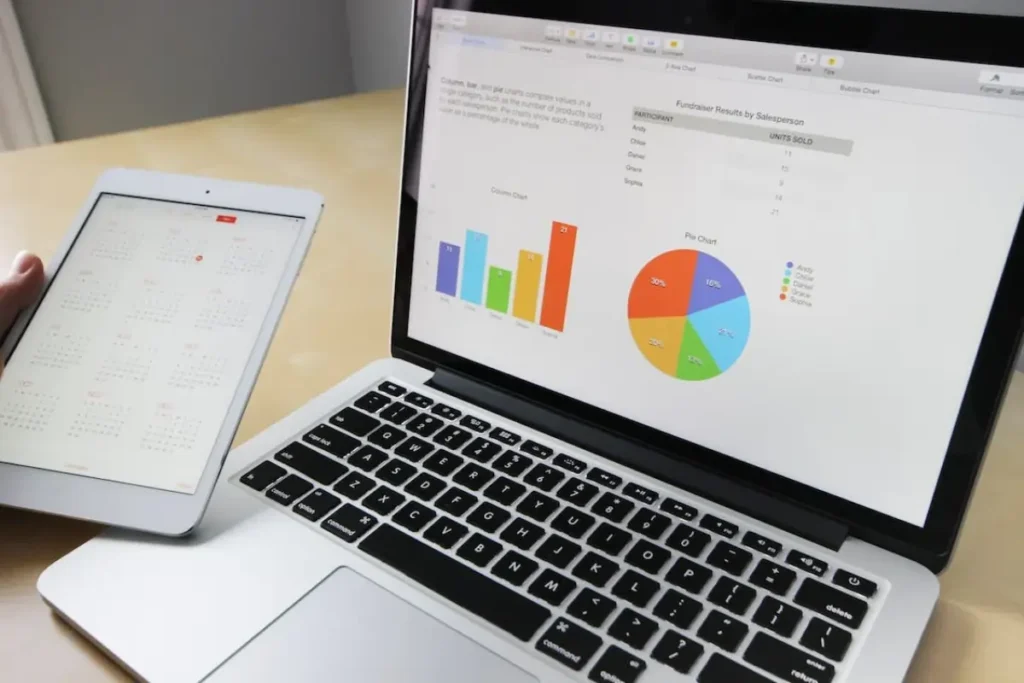When faced with economic challenges, finding the path to financial recovery becomes a crucial journey many individuals must be ready for. Whether you’re battling unexpected expenses, job loss, or other financial setbacks, reclaiming financial stability is a decision one must take seriously. This comprehensive guide explores the strategies and mindset shifts required to embark on your own path to financial recovery.
Understanding Financial Recovery

Financial recovery is more than just regaining lost assets; it involves a holistic approach to rebuild your financial foundation. This process encompasses budgeting, saving, investing, and developing a resilient mindset. As we delve into the nuances of each aspect, you’ll gain insights on how to navigate the challenges and emerge stronger than ever.
Assessing Your Current Financial Situation
Before charting your course to financial recovery, it’s essential to conduct an honest assessment of your current financial situation. Analyze your income, expenses, debts, and savings. Identify areas where you can cut back and create a realistic budget that aligns with your goals. This step lays the groundwork for a solid financial plan.
Creating a Realistic Budget
A realistic budget is the cornerstone of financial recovery. Explore practical tips for budgeting, including categorizing expenses, setting priorities, and establishing an emergency fund. We’ll also discuss tools and apps that can assist you in tracking your spending and staying on course.
Creating a realistic budget is a fundamental step in your journey to financial recovery. This process involves carefully assessing your income, categorizing your expenses, setting priorities, and establishing an emergency fund. Here’s a detailed exploration of each aspect:
1. Income Assessment
Begin by thoroughly examining your sources of income. This includes your salary, freelance earnings, investment returns, or any other financial inflows. Ensure that you have a clear understanding of your take-home pay after taxes and deductions.
2. Expense Categorization
Break down your expenses into categories such as housing, utilities, groceries, transportation, debt payments, entertainment, and miscellaneous items. This categorization allows you to identify areas where you can potentially cut back and gain better control over your spending.
3. Setting Priorities
Not all expenses are created equal. Identify your essential needs versus discretionary spending. Focus on prioritizing necessities like housing, utilities, and groceries while scrutinizing non-essential expenses that can be reduced or eliminated. This step ensures that your budget reflects your most critical financial priorities.
4. Budget Spreadsheet
Utilize budgeting tools or create a spreadsheet to document your income and expenses. Include fixed and variable costs, as well as irregular expenses like annual subscriptions or semi-annual bills. By having a visual representation of your financial flow, you can track and manage your money more effectively.
5. Emergency Fund Allocation
Allocate a portion of your budget to building and maintaining an emergency fund. Aim for at least three to six months’ worth of living expenses in this fund. Having a financial cushion provides a safety net during unexpected circumstances, preventing the need to rely on credit or exhaust savings when unforeseen expenses arise.
6. Regularly Review and Adjust
A realistic budget is not a one-time creation but an evolving document. Regularly review your budget to ensure it aligns with your financial goals and lifestyle. As circumstances change, be prepared to adjust your budget accordingly. This flexibility is key to adapting to new financial challenges or opportunities.
7. Explore Budgeting Apps
Leverage technology to your advantage by using budgeting apps that help automate the process. These apps can categorize expenses, track spending patterns, and provide insights into areas where you might be overspending. Some popular options include Mint, YNAB (You Need A Budget), and PocketGuard.
8. Seek Professional Guidance

If creating a budget seems overwhelming or if you have complex financial situations, consider seeking advice from financial professionals. Financial advisors can provide personalized guidance to help you create a budget tailored to your specific circumstances and goals.
Strategic Debt Management
Debt can be a significant roadblock on your journey to financial recovery. Learn effective debt management strategies, including debt prioritization, negotiation with creditors, and consolidation options. Discover how making strategic decisions about your debts can expedite your path to financial freedom.
Building an Emergency Fund
An emergency fund acts as a financial safety net during unexpected challenges. Explore the importance of building and maintaining an emergency fund, and uncover tips on how to accumulate this financial cushion without disrupting your overall financial plan.
Investing for Long-Term Growth
While overcoming immediate financial challenges is crucial, planning for long-term financial growth is equally important. Delve into the basics of investing, risk management, and creating a diversified portfolio. Understand how smart investment choices can contribute to your financial resilience over time.
Cultivating a Resilient Mindset
Financial recovery is not just about numbers; it’s also about mindset. Explore strategies for cultivating a resilient mindset that can withstand the uncertainties of the financial landscape. From positive affirmations to adopting a growth-oriented perspective, these mindset shifts are integral to your journey.
Adapting Your Career for Financial Success
Your career plays a pivotal role in your financial recovery. Discover ways to adapt your skills, explore new opportunities, and potentially increase your income. From upskilling to networking, this section provides actionable steps to align your career with your financial goals.
Conclusion
Embarking on the path to financial recovery requires dedication, strategic planning, and a resilient mindset. By addressing your current financial situation, creating a realistic budget, managing debt effectively, and investing for long-term growth, you can bounce back from economic challenges stronger than ever. Remember, the journey may be challenging, but the rewards of financial stability are well worth the effort. Start your journey today, and reclaim control over your financial future.









